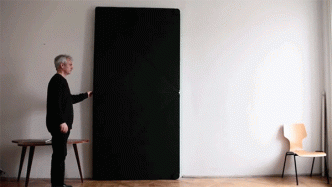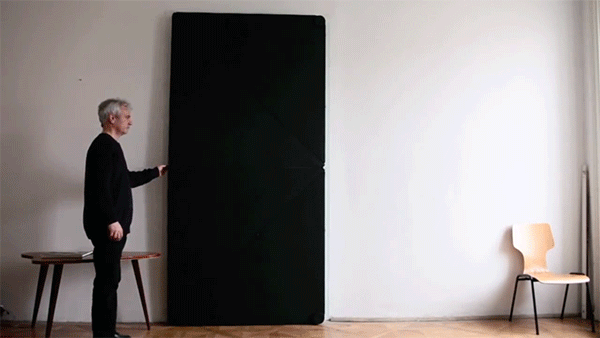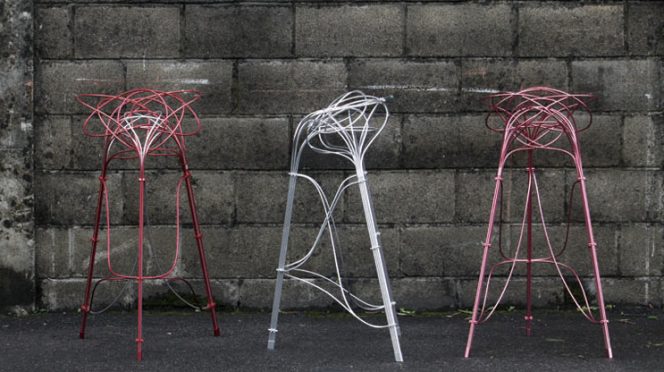Homeowners Associations (HOAs) are instrumental in maintaining a community’s aesthetic and functional standards. A significant aspect of these standards pertains to backyard rules, which often focus on preserving the appearance and usability of outdoor spaces within the community. These rules vary widely depending on an HOA’s specific regulations and are crucial for ensuring that individual actions don’t negatively impact the community or its value.
Read on to understand common HOA backyard rules and regulations.
Importance Of HOA Backyard Rules
Backyard rules set by Homeowners Associations (HOAs) play a pivotal role in preserving community spaces’ visual harmony and functionality. By implementing these rules, HOAs can help prevent potential disputes among residents by maintaining a consistent aesthetic across all properties.
Moreover, clear, detailed guidelines are communicated to property owners, covering various aspects such as landscaping designs, regular maintenance requirements, acceptable noise levels and noise complaint policies, and proper use of backyard features like pools and patios. These regulations ensure that every resident knows what’s expected in their private outdoor areas, fostering a well-organized, agreeable living environment that enhances the overall quality of life within the community.
General Backyard Guidelines
Most HOAs provide detailed guidelines regarding what’s acceptable in the backyards of a residential community. These typically include restrictions on certain structures, guidelines for planting and maintaining vegetation, and rules regarding outdoor entertainment areas. For instance, an HOA might limit the height of fences or the types of trees that can be planted to avoid disputes and ensure a uniform community appearance.
Also, it’s essential for homeowners to familiarize themselves with these rules to avoid potential fines and disputes. However, for more detailed examples of such guidelines, homeowners can check out reputable online resources tackling HOA backyard rules.
Structures And Modifications
In many residential communities, the construction of backyard structures is tightly regulated by Homeowners Associations (HOAs). Common structures subject to these rules include sheds, gazebos, decks, and other permanent or semi-permanent additions.
To ensure these constructions align with community aesthetics and regulations, homeowners are required to obtain prior approval from their HOA. This process typically involves submitting detailed architectural plans that outline the design, materials used, and proposed structure location. These plans are also reviewed meticulously to verify that all aspects conform to the established HOA standards, thus maintaining uniformity and ensuring structural integrity within the community.
Landscaping And Gardening
Landscaping is another critical area covered by HOA rules. These rules often stipulate the types of plants allowed, the acceptable plant height, and how close vegetation can be to the property boundaries. Restrictions on tree height and the types of bushes or flowers planted can also be specified to avoid obstructing views or interfering with underground utilities.
On the other hand, gardening, particularly vegetable gardening, might be regulated regarding the size and placement of garden beds. Some HOAs may restrict or forbid certain pesticides and fertilizers to promote environmentally friendly practices for vegetable gardens.
Maintenance And Aesthetics
Maintenance rules are crucial in keeping the community looking its best. These rules can dictate how often a homeowner should mow their lawn, handle weed control, or maintain their garden. Restrictions might also be placed on leaving yard waste or other debris visible, and guidelines may be set for storing garbage bins out of sight from the street.
Furthermore, aesthetic guidelines often include restrictions on the color of structures, the types of decorations allowed, and where they can be placed. For example, holiday decorations may need to be taken down within a certain timeframe after the holiday ends.
Usage Of Backyard Spaces
HOA regulations concerning the usage of backyard spaces are designed to promote safety and courtesy among community members. These rules specify acceptable activities to mitigate disturbances and enhance neighborhood livability. Noise restrictions and noise complaint policies are commonly enforced to maintain a peaceful environment, especially during evening hours. Guidelines for using fire pits and barbecues aim to prevent accidents and manage smoke emissions.
Additionally, outdoor lighting must be installed considerately to avoid light pollution that could inconvenience neighbors. Swimming pool usage is also stringently regulated, with requirements for safety barriers to prevent accidents and noise control measures to minimize disruption. These comprehensive rules ensure that all residents can enjoy their outdoor common areas and improve curb appeal without adversely impacting others.
Compliance And Dispute Resolution
Compliance with backyard rules is typically monitored through routine inspections by HOA representatives. If a homeowner is found to violate these rules, the HOA will generally issue a warning or fine, and the homeowner will be given a period to rectify the issue.
In cases of disputes, most HOAs have procedures in place for resolution. These may include mediation between neighbors or formal hearings before the HOA board. It’s beneficial for homeowners to engage with their HOA to understand these processes fully and avoid a potential legal action.
Conclusion
Understanding and adhering to HOA backyard rules is essential for maintaining harmony and a cohesive aesthetic in a community. Homeowners should make it a priority to familiarize themselves with these regulations and engage proactively with their HOA to ensure their backyard practices align with community standards.
By doing so, homeowners can enjoy their private outdoor spaces while respecting the needs and rights of their community.














